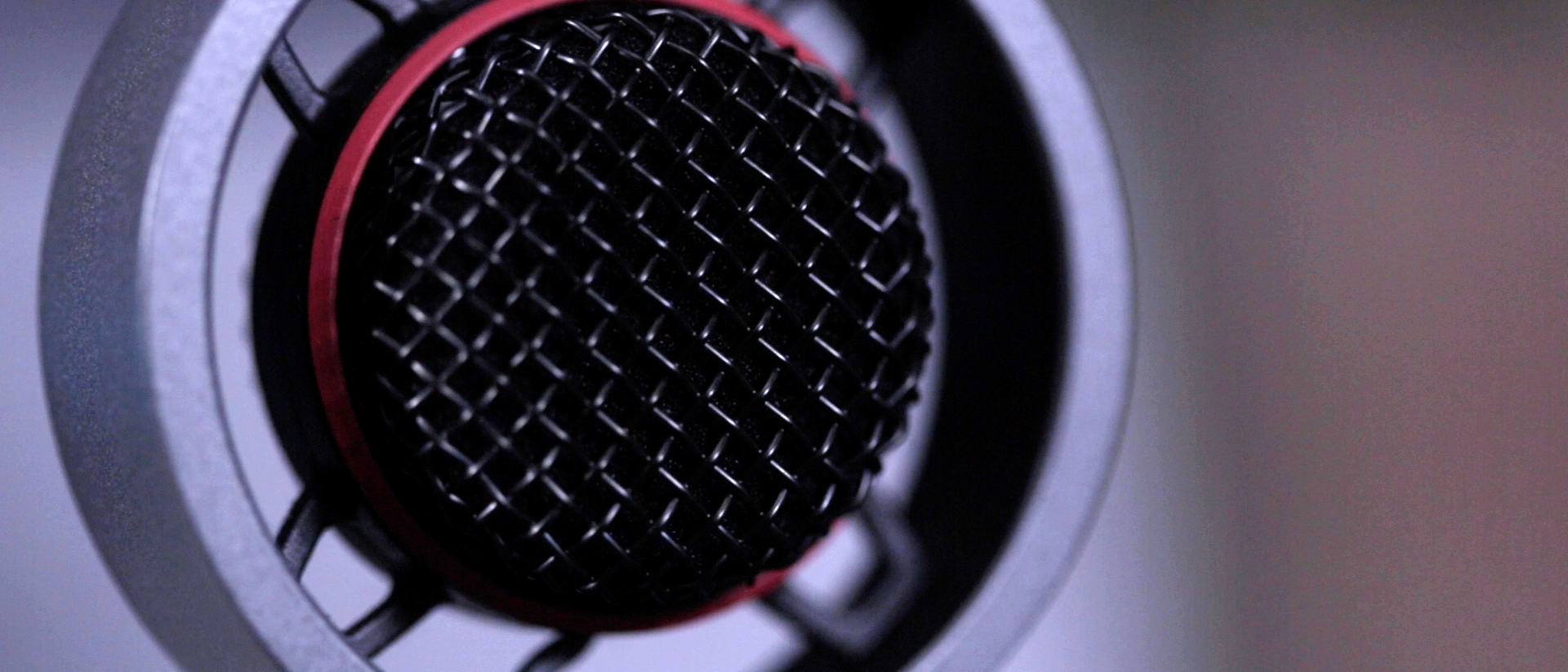MusicRadar Verdict
MiCreator Studio – and indeed the Satellite option – is a fabulous, well-priced and easy solution for podcasting, singer-songwriters and high-quality instrument recording
Pros
- +
Great sounding USB mic
- +
The extra mic input gives great flexibility
- +
Fantastic build quality
- +
No frills so easy to use
Cons
- -
No built-in effects or other gimmicks (also a plus!)
MusicRadar's got your back
Austrian Audio MiCreator Studio: What is it?
In a short period of time, Austrian Audio has certainly made a mark with its mics and studio headphones. It has models of each for just about every occasion, yet the company only started out some six years ago. However, its latest product, MiCreator Studio aims to be a single microphone for many creative activities – we’re guessing that’s where the name comes from – and as a 'one mic for all’, it’s a bargain.
MiCreator Studio is both a USB-C microphone and an audio interface that can plug straight into iPads, Android phones and iPhones (with optional camera kit) and, of course, any Mac and PC.
One of its main selling points is revealed around the back of the mic where you get two 3.5mm connections, ‘Out’ and ‘In/Out’. These can be used either as two headphone outs for latency-free monitoring for two people or as a single out with another device plugged into the ‘In/Out’ which can then be mixed with MiCreator.
This single feature means that MiCreator is instantly ideal for many activities. There’s the podcast or interview where all you need to do is plug your interviewee’s microphone into the In/Out and you can then balance between the two for both monitoring and recording. Or singer-songwriters can use a MiCreator Studio with, say, a guitar plugged into the second In/Out and then blend that with their vocal.
Interestingly, Austrian Audio also sent us a second microphone, the all-analogue MiCreator Satellite which is designed to partner with Studio and be a second mic to plug into the In/Out. The company is also releasing a YLav lapel mic for this too – ideal for interviews – although you needn’t use either of these options if you have your own mic to use for the second option.
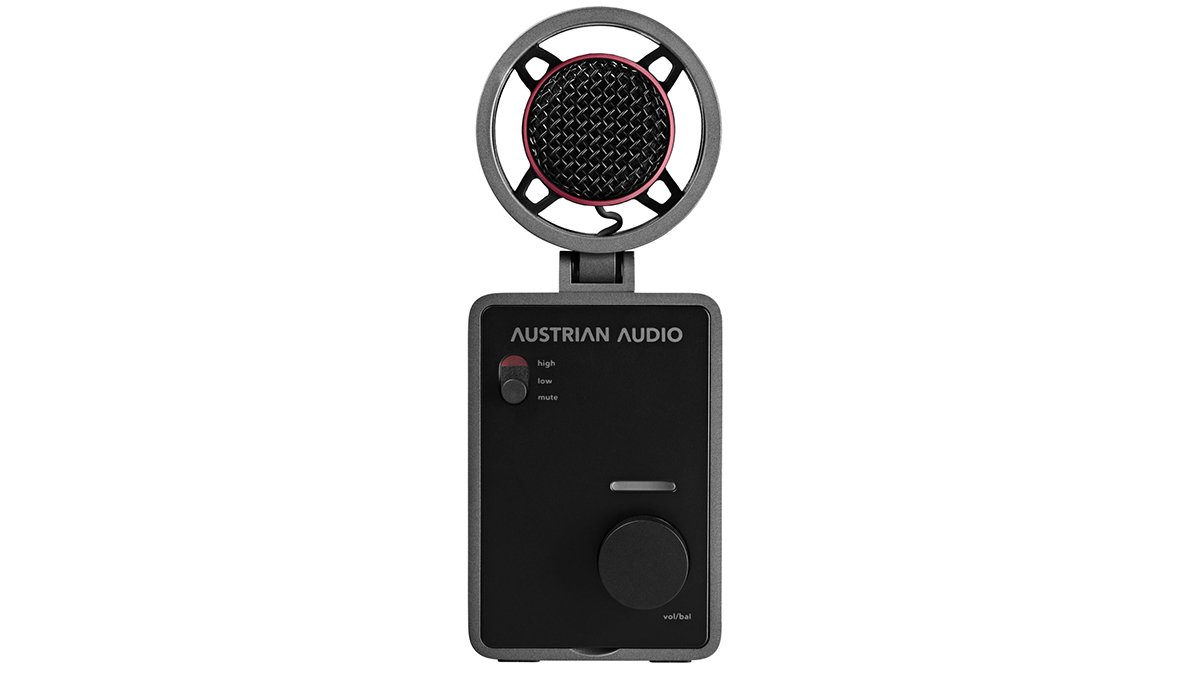
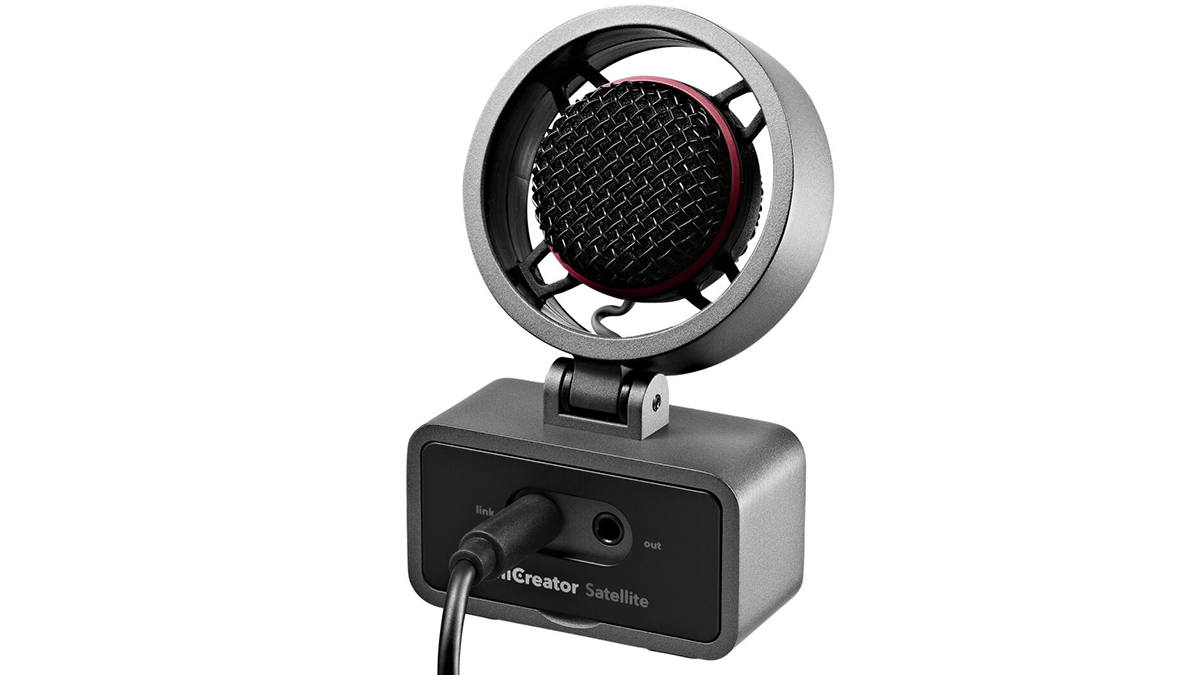
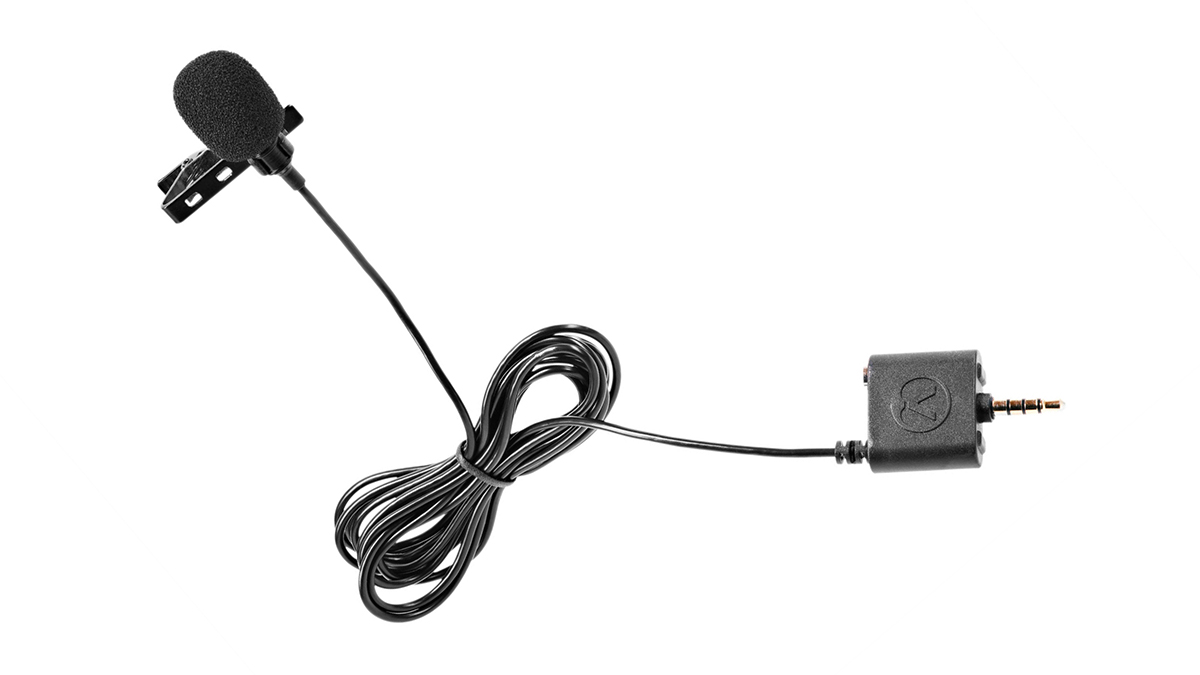
Austrian Audio MiCreator Studio: Performance and verdict
For a $199 microphone, MiCreator Studio feels very solid. There are two rubber feet and these, combined with a shockmount built around the condenser capsule, help remove vibrations and noise. The head of the microphone tilts for more directional recording, and if you want to put the mic onto a stand, it has both a standard European connection and a US adaptor.
Two Hi/Lo controls around the front and back allow you to select between recording situations. Use the former for typical spoken word podcasts or more standard instrument recordings, and the latter for close mic’ing or loud music where you can utilise the full 130dB SPL bandwidth of the mic.
Want all the hottest music and gear news, reviews, deals, features and more, direct to your inbox? Sign up here.
Finally, a main rotary controls both the input monitoring level and that of the computer. This also doubles as a balance control when two microphones are connected. One will be monitored through the left channel, the other through the right.
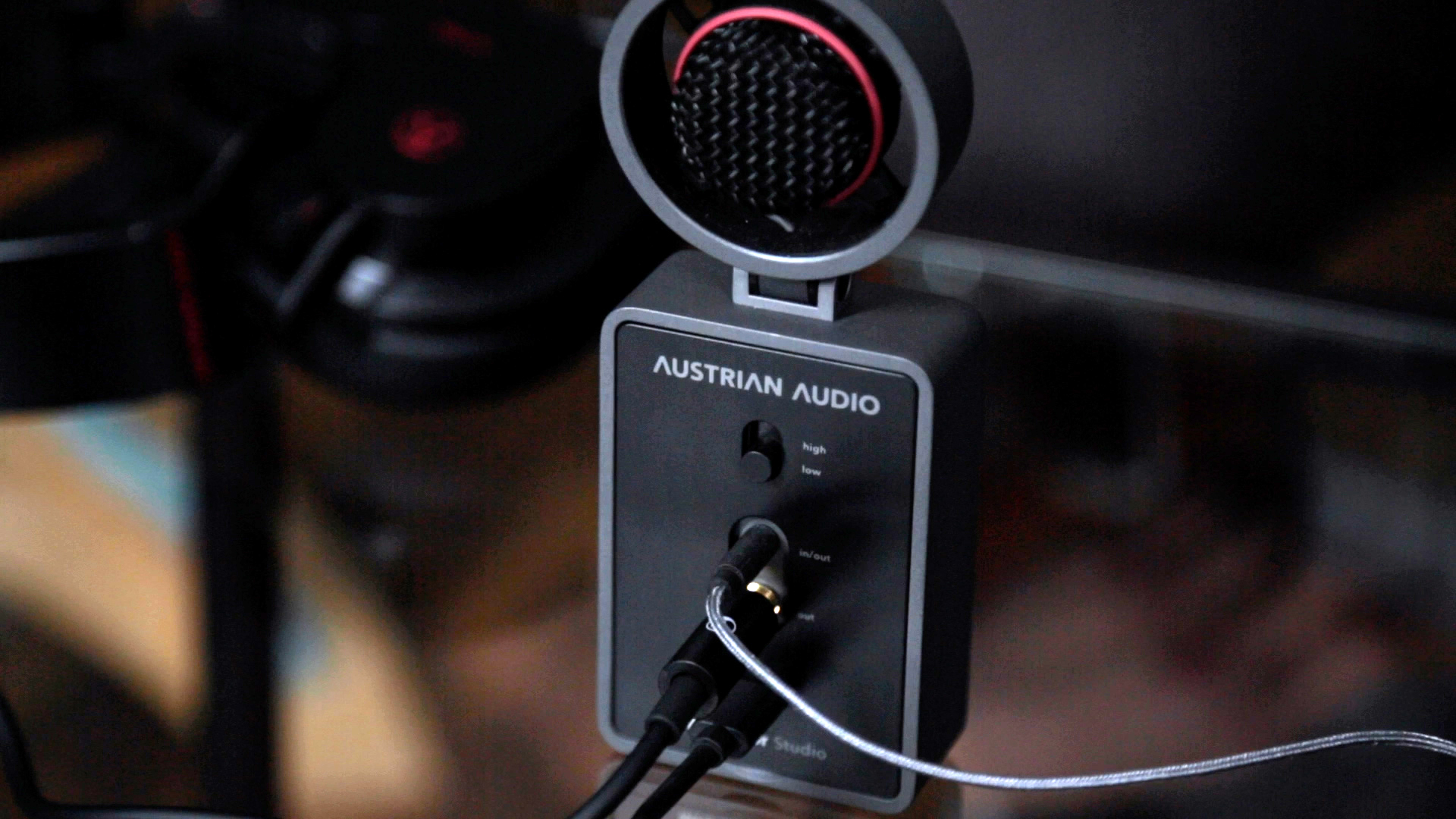
The recording quality is excellent and not just for voice, although it does excel in this area. It also sounds exceptional with instruments. Use the supplied instrument cable to plug in a keyboard or guitar and that sits on one channel while the main mic goes on the other channel – as expected, this is ideal for singer-songwriters.
That said, the two-mic option that MiCreator offers will get you greater recording flexibility, especially for mic positioning, so we decided to test this option too. We recorded a piano using the single MiCreator and then added the Satellite.
The single stereo MiCreator Studio mic gave great results in the centre of the piano, but adding the Satellite allowed us to experiment – one at each end of the piano, for example. The quality of both recordings was similarly great, but the 2-mic option certainly allows for more flexibility when mixing.
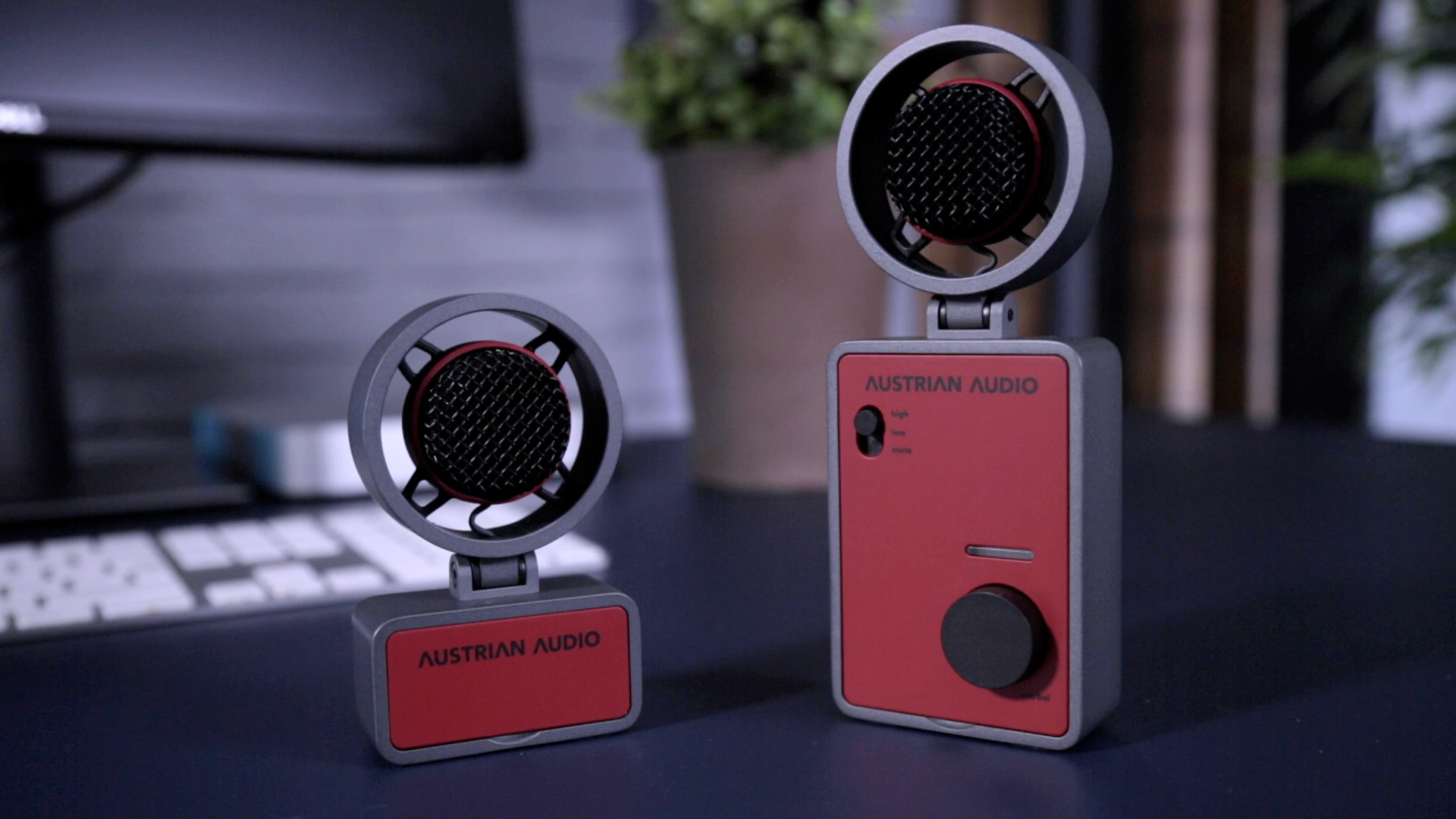
MiCreator Studio is not just about singer-songwriters and podcasters as it also very much has the studio recordist in mind. There’s a copy of the excellent Cubasis LE 3.5 for iPad/iPhone included which is an ideal recording companion.
In our tests, we used both mics in various configurations with our DAW and it works like this. You set up the ‘master’ MiCreator Studio as the interface – which will then be picked up by your DAW as any interface would. You can then simply use that single mic to record on one stereo track or across two mono tracks.
However, when you connect up MiCreator Satellite (via its Link connector and with a supplied 3.5mm cable) you then record two mono tracks, but with the added flexibility that the mics can be positioned away from each other for interviews, better stereo recordings or singers playing a guitar.
Of course, you don’t need Satellite to do this but it does have an extra headphone out and we think it’s well worth the extra $99.
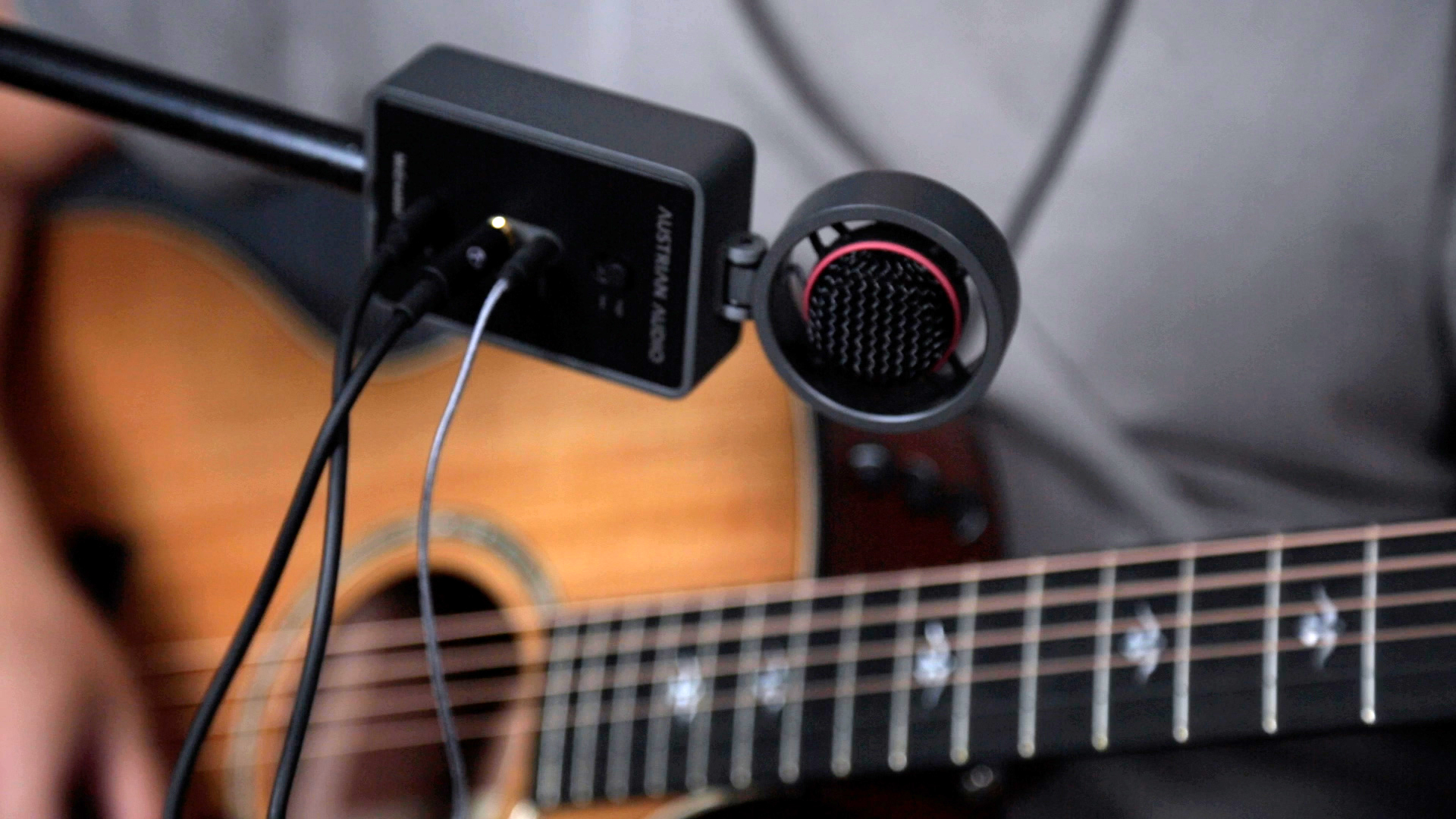
With MiCreator Studio Austrian Audio has designed a mic fit for multiple purposes. There may be no fancy built-in effects, other gimmicks and few controls, but that means that sound quality and flexibility take centre stage. Throw in the good price and build quality – and that extra input – and MiCreator is a great buy.
MusicRadar verdict: MiCreator Studio – and indeed the Satellite option – is a fabulous, well-priced and easy solution for podcasting, singer-songwriters and high-quality instrument recording.
Austrian Audio MiCreator Studio: Hands-on demos
Austrian Audio
Austrian Audio MiCreator Studio: Specifications
- Plug-and-play USB-C microphone and audio interface
- Condenser capsule for professional audio quality
- Max SPL: 130 dB
- Input for connecting a second device (MiCreator Satellite, Y-LAV mic, Instrument) - great for interview situations
- Two headphone outputs: Easily collaborate with fellow musician
- Two gain settings and one knob jogwheel for easy volume control
- “FlexTilt” vertical adjustment of the mic head for ideal positioning
- Latency-free direct monitoring of the mic and input while recording
- Rugged metal housing with changeable faceplates for a variety of colour combinations and customisation
- Austrian Audio Open Acoustic Technology
- CONTACT: Austrian Audio
Andy has been writing about music production and technology for 30 years having started out on Music Technology magazine back in 1992. He has edited the magazines Future Music, Keyboard Review, MusicTech and Computer Music, which he helped launch back in 1998. He owns way too many synthesizers.
